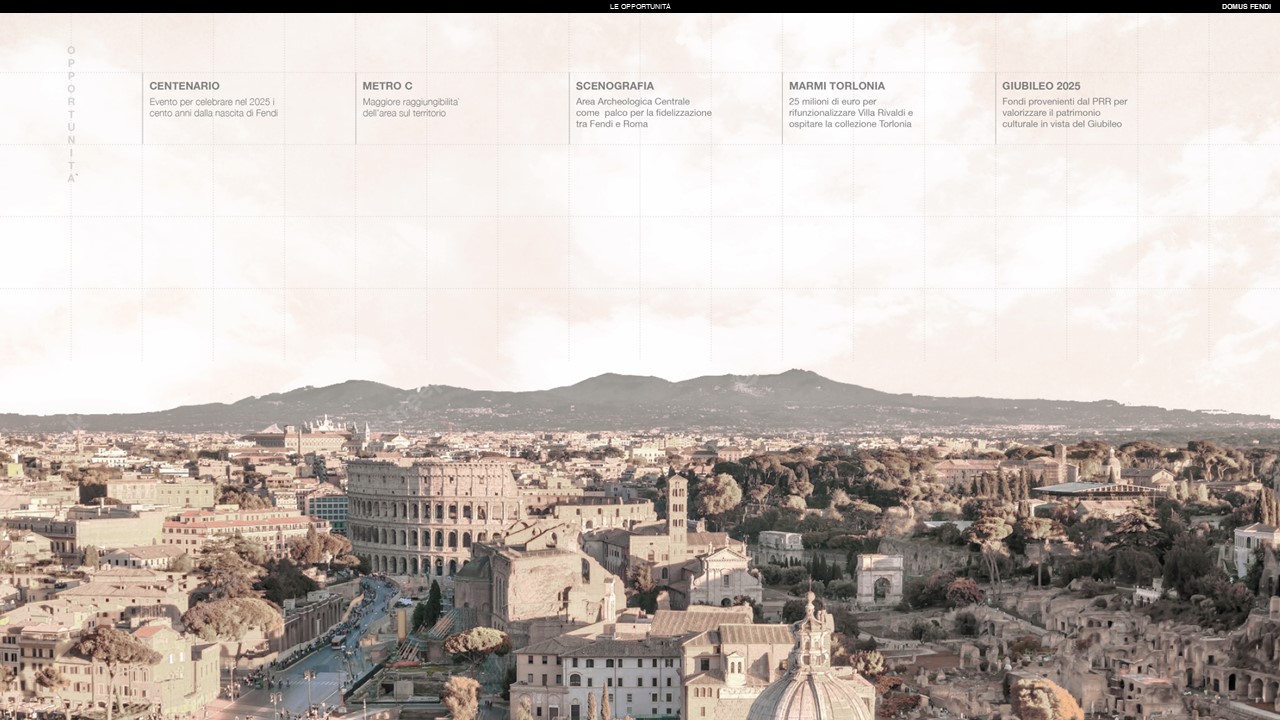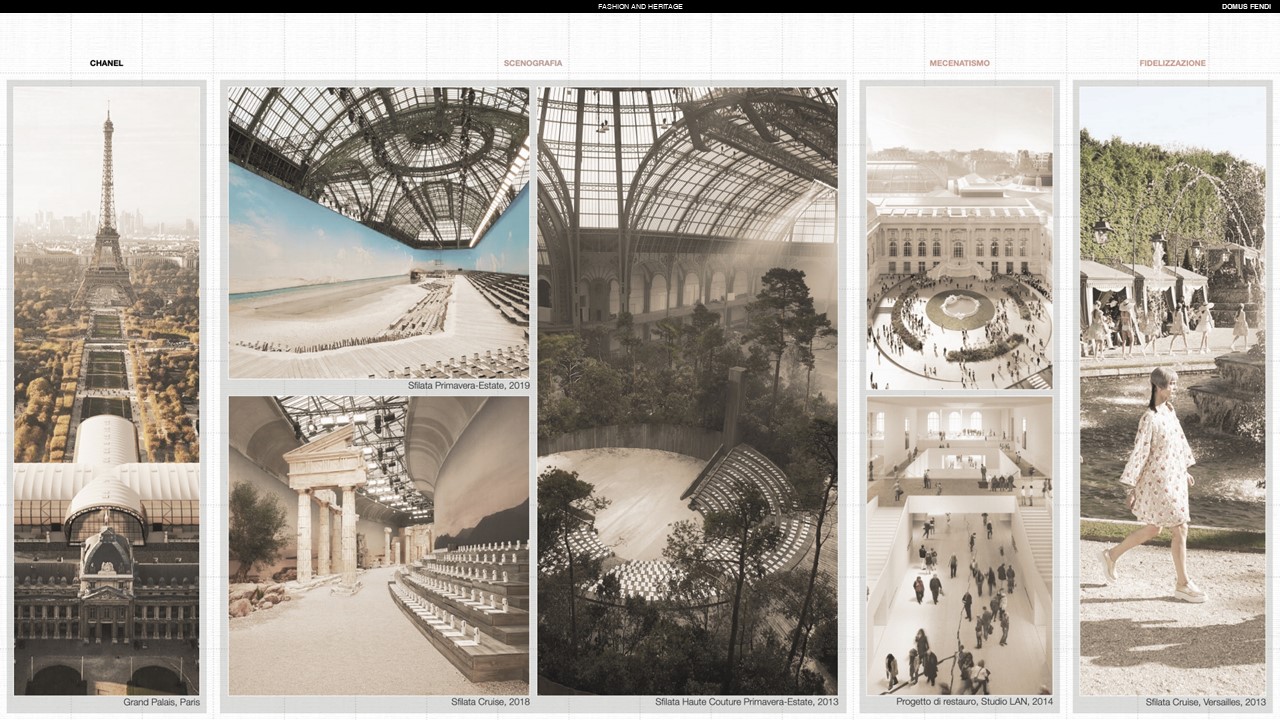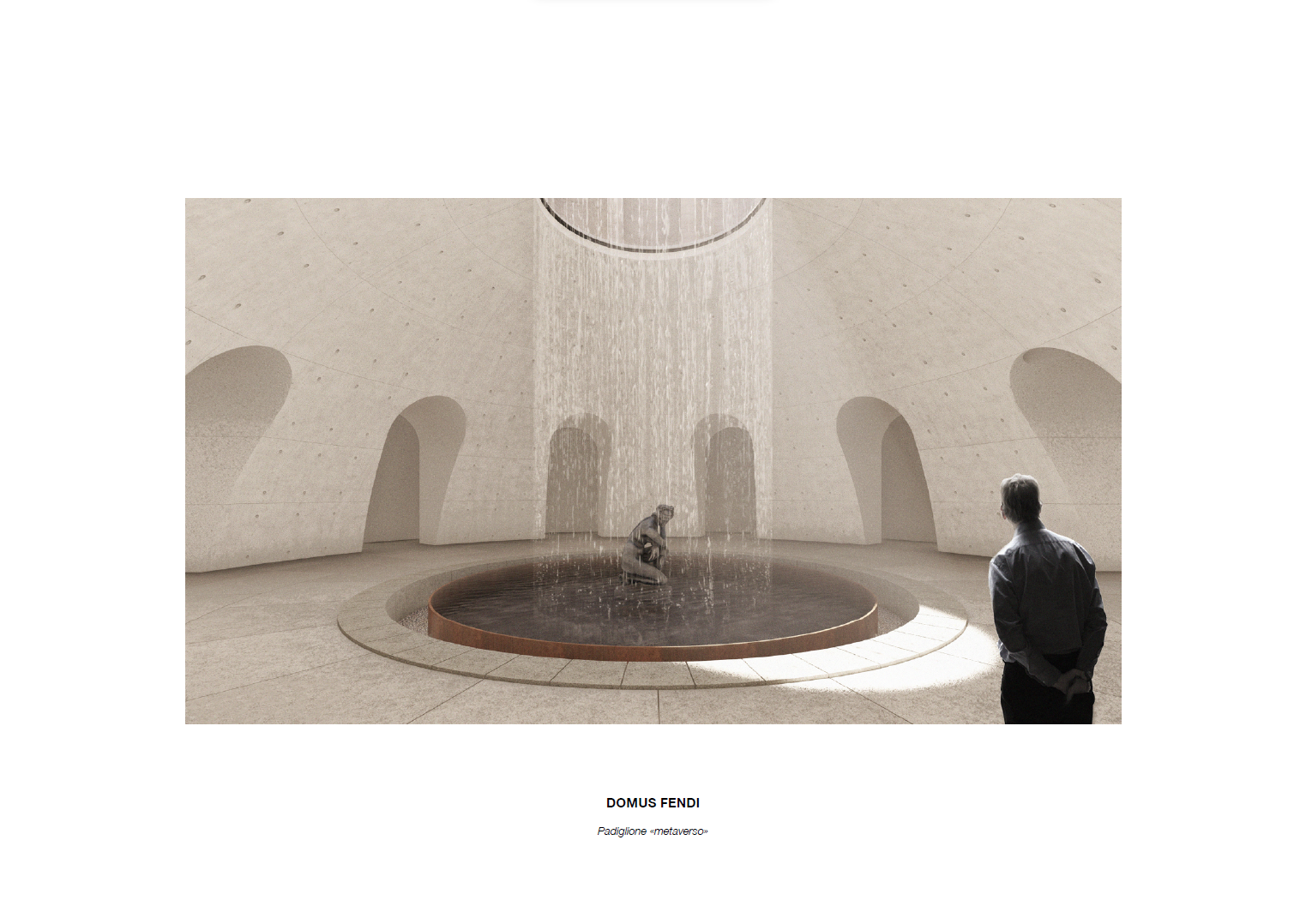Tesi di Laurea
Candidati
Alessandro Cirlincione Palumbo,
Martina Dall’Ara
Relatore
Pier Federico Caliari
Correlatore
Sara Ghirardini, Amath Luca Diatta
Anno Accademico
2022/2023
L’Area Archeologica Centrale di Roma rappresenta uno dei paradigmi più affascinanti di come la Storia e l’Architettura possano far parte di un quadro sinottico stratificato e frammentato, al cui interno è possibile leggere episodi unici in termini di grandiosità e monumentalità. Si è quindi cercato di trovare una chiave di lettura di un palinsesto architettonico ed archeologico cosí complesso, sito peraltro appartenente al patrimonio UNESCO, andando ad individuare le aree più fragili e prive di una soluzione di continuità con il proprio contesto. Villa Silvestri Rivaldi, per esempio, rappresenta un elemento a margine di Via dei Fori Imperiali e si trova su ciò che resta della Velia, l’altura-soglia tra i Fori e la valle del Colosseo, che è stata sbancata negli anni ‘30 del Novecento per l’apertura dell’allora Via dell’Impero. Il Palazzo, cinquecentesco, nonostante si trovi in una delle posizioni più centrali e strategiche della città romana, versa in uno stato di totale abbandono a causa degli svariati passaggi di proprietà e delle demolizioni subite. Soltanto nel 2006, nel tentativo di trovare un accordo con la nuova proprietà dell’Istituto di Santa Maria in Aquiro (ISMA), la Soprintendenza ai Beni Culturali di Roma ha redatto un piano di fattibilità per il recupero dell’edificio, senza però aver definito ad oggi un progetto definitivo in grado di tenere insieme i diversi scenari e le diverse quote che insistono sull’area. L’obiettivo di questa tesi è quello di proporre una strategia per la gestione e per la valorizzazione dei beni culturali appartenenti all’area e alle sue immediate vicinanze attraverso il rapporto tra Architettura e Moda, che negli ultimi anni ha dimostrato di essere un valido strumento di promozione e di valorizzazione del patrimonio culturale. In tal senso, per raggiungere l’obiettivo si è individuato in maison Fendi il promotore principale dell’intervento in quanto legata profondamente alla città di Roma, facendo dei paradigmi dell’architettura romana una fonte d’ispirazione per tramandare la propria grammatica estetica di bellezza eterna in tutto il mondo. A valle di un’attenta analisi, viene proposta una strategia progettuale che da un lato permette alla casa di moda di centralizzare il proprio legame con la città di Roma attraverso una nuova “domus” della cultura, quindi una Fondazione per ospitare collezioni d’arte contemporanea e d’arte antica. Dall’altro lato, in occasione del centenario di Fendi del 2025, contemporaneamente agli eventi di valorizzazione promossi in vista del prossimo Giubileo ed in occasione dell’inaugurazione dell’intervento della nuova domus Fendi presso Villa Rivaldi, viene proposto l’allestimento di un Fashion Show all’interno di uno dei monumenti più scenografici appartenenti al Foro Romano: la Basilica di Massenzio, che si erge esattamente davanti al prospetto della nuova Fondazione proposta. Per garantire la fattibilità di tale evento, l’ipotesi progettuale comprende una strategia di valorizzazione dell’area per un nuovo accesso al Foro dedicato che ripercorre le tracce storiche del Vicus ad Carinas, adiacente al sedime antico del Tempio della Pace, ad oggi di difficile lettura ed accessibilità. Infine, viene pensato ad uno strumento di promozione non soltanto della casa di moda, bensí anche del patrimonio culturale stesso con il quale essa stessa si confronta, sperimentando la realizzazione di un metaverso targato Fendi all’interno del quale è possibile visitare virtualmente la ricchezza offerta dall’Architettura romana.
The Central Archaeological Area of Rome is one of the most fascinating paradigms of how History and Architecture can be part of a layered and fragmented synoptic picture, inside which you can read unique episodes in terms of grandeur and monumentality. We have therefore tried to find a key to understanding such a complex architectural and archaeological palimpsest, a site belonging to the UNESCO heritage, going to identify the most fragile areas without a solution to their context. Villa Silvestri Rivaldi, for example, is an element on the edge of Via dei Fori Imperiali and is located on what remains of the Velia, the high-threshold between the Fori and the Colosseum valley, which was swept away in the 1930s by the opening of the then Via dell’Impero. The Palace, sixteenth century, despite being in one of the most central and strategic locations of the Roman city, is in a state of total neglect due to the many property transfers and demolitions suffered. Only in 2006, in an attempt to find an agreement with the new property of the Institute of Santa Maria in Aquiro (ISMA), the Superintendence of Cultural Heritage of Rome has drawn up a feasibility plan for the recovery of the building, without, however, having defined to date a final project able to hold together the different scenarios and the different quotas that insist on the area. The objective of this thesis is to propose a strategy for the management and enhancement of cultural heritage belonging the area and its immediate vicinity through the relationship between Architecture and Fashion, which in recent years has proven to be a valuable tool for the promotion and enhancement of cultural heritage. In this sense, to achieve the goal, Fendi has identified the main promoter of the intervention as deeply linked to the city of Rome, making the paradigms of Roman architecture a source of inspiration to pass on its aesthetic grammar of eternal beauty around the world. After careful analysis, a design strategy is proposed that on the one hand allows the fashion house to centralize its link with the city of Rome through a new “domus” of culture, then a Foundation to host collections of contemporary art and ancient art. On the other hand, on the occasion of the centenary of Fendi 2025, at the same time as the events of valorization promoted in view of the upcoming Jubilee and on the occasion of the inauguration of the intervention of the new domus Fendi at Villa Rivaldi, is proposed the setting up of a Fashion Show within one of the most scenic monuments belonging to the Roman Forum: the Basilica of Maxentius, which stands exactly in front of the prospect of the new Foundation proposed. To ensure the feasibility of such an event, the design hypothesis includes a strategy of valorization of the area for a new access to the dedicated Forum that traces the historical traces of the Vicus in Carinas, adjacent to the ancient site of the Temple of Peace, today difficult to read and access. Finally, it is thought of a tool to promote not only the fashion house, but also the cultural heritage itself with which it is confronted, experimenting with the realization of a metaverse branded Fendi within which you can virtually visit the wealth offered by Roman architecture.












































